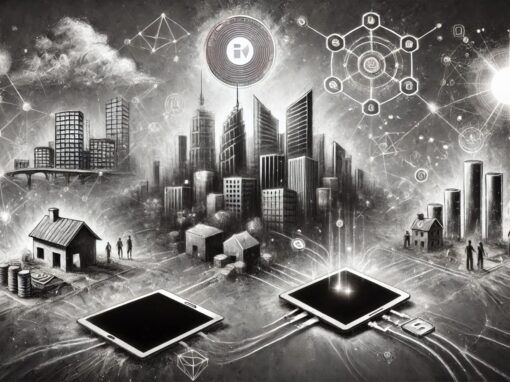The Railways Minister set himself a daunting task when during the Railway Budget he set out a task to double revenue through non-fare sources from the 5% currently over the next five years. Interesting, because increasing revenue through fare revenue – both passenger and freight has been the norm till now.
Raising revenues by 5% over a five-year period isn’t an insurmountable target. And as the railways are now seriously considering monetising available resources – infact as recently as late last week, announcements for gaining revenues through leasing out spaces in railway station were made by the Railways.
And if even a part of railways land assets could be monetised, it could change the way Indian Railways is looked at and, who knows, may even have investors making a beeline to be part of the action in the future.
400 of over 7000 railway stations are already being redeveloped so that they can be exploited as a commercial destination. That should help Indian Railways earn annuity rental income. The Indian Railway Station Development Corporation (IRSDC) has been set up and work at the stations has already started. The stations in the initial phase could well become the pilot models for future development, so it will be imperative to closely monitor their progress.
The redevelopment also presents a great opportunity for private companies to partner with Indian Railways to deliver projects that are world class, delivered in time and are customer focused. But, a few key issues will have to be kept in mind even as Indian Railways embarks on its multi-year visionary project that could transform not just itself but also the way it delivers value to the passengers.
Creating a shared vision for the effort that Indian Railways is making is the beginning of a successful partnership between the public and private sector. Monetisation begins with clearly putting on paper not just a vision and an objective as well as expectation, but also detailing the way to reach the set goals. A process document or road-map needs to be drawn up and for that consultation papers can be invited and the Government could create an expert panel from not only the public sector but also experienced consultants with exposure in the segment.
Preparing for the success of the effort will require very detailed planning and sticking to the execution of the plan. The private company in the project will have its shareholders, investors and lenders to satisfy. Indian Railways has to protect the interests of its own consumers and its board as well.
There are some key risks that both sides will do well to consider. The partners need to sit and discuss the risks associated with the project not meeting the public purpose for which the two sides joined hands. The risks associated with the time, effort and finances being put into the project will need to be detailed so that both sides can weigh it independently and together.
For any project associated with real estate, susceptible to the ups and downs of economic cycles, it is critical that the two sides are committed to the project in the long run. Real estate driven projects, typically, tend to give great returns when the developer can hold it for the long term and Indian Railways can easily wait for that.
A clear and rational decision making process will need to be developed jointly. When the roles of both sides are defined clearly, there is little room for a bottleneck to emerge. The road map for the project could serve as the guiding light when any part of the project threatens to spin out of control.
Each project leaders needs to be assigned specified roles that relate to the resolution of a problem. Such leaders need to be ones who can communicate before a full blown crisis happens. One of the best joint development examples has been the Delhi Metro Rail Corporation (DMRC), which has monetized its land banks beautifully while working well with the developers. Delhi Metro is a professionally run company that has made a marked difference while delivering on time and setting standards for others to follow.
Organisations that bring about a change need to build that culture right from the beginning. Indian Railways ferries over 12 million passengers daily and, the scale at which it operates, it can be seen to be very efficient.
Rail networks around the world have joined hands with realty companies to develop a partnership model, a model that can be aggressively executed at a national scale. The stations are being developed under a build-operate-transfer (BOT) model. Indian Railways land has been sold in the past which may not be required if long term value from the land has to be realised. As the dedicated freight corridor takes shape, Indian Railways may also consider developing commercial and residential real estate in partnership with various companies. The Railway Land Development Authority, set up under the Railway Ministry, must expedite the process of change so that the impact can be seen at the earliest.
The learning from the first few projects could help the top management understand the drivers for change and how it could create value by leasing or partnering with its companies for the land that it owns. It is very important to detail the learning so that its benefits could be applied to the next round of unlocking the value, when it happens.
There is an old saying in the world of project management: A bottleneck is usually at the top. With the rich management experience team that can address issues that can derail a project ahead of time, for Indian Railways this should not be a worry.
First published on www.magicbricks.com on 29/11/2016



